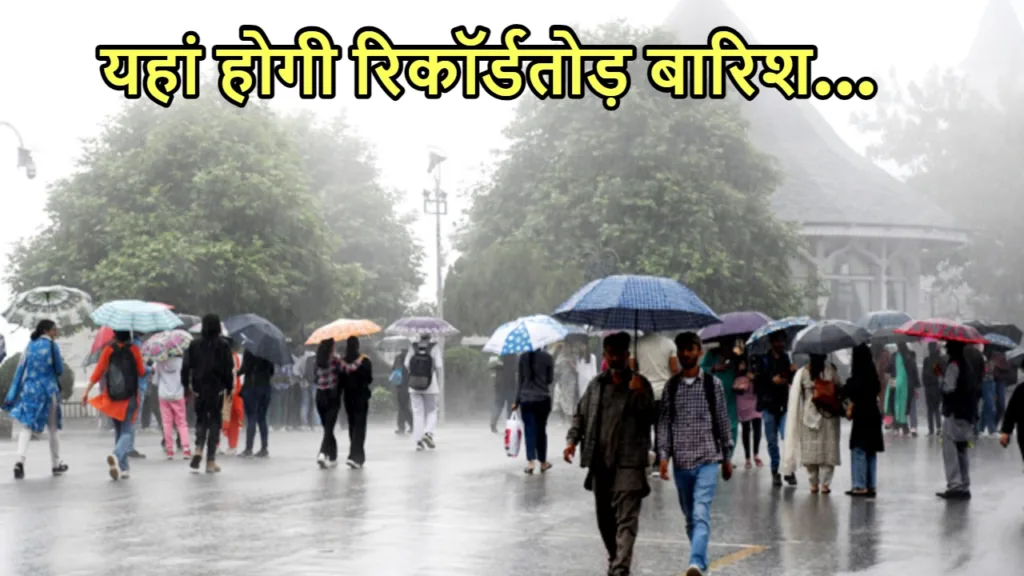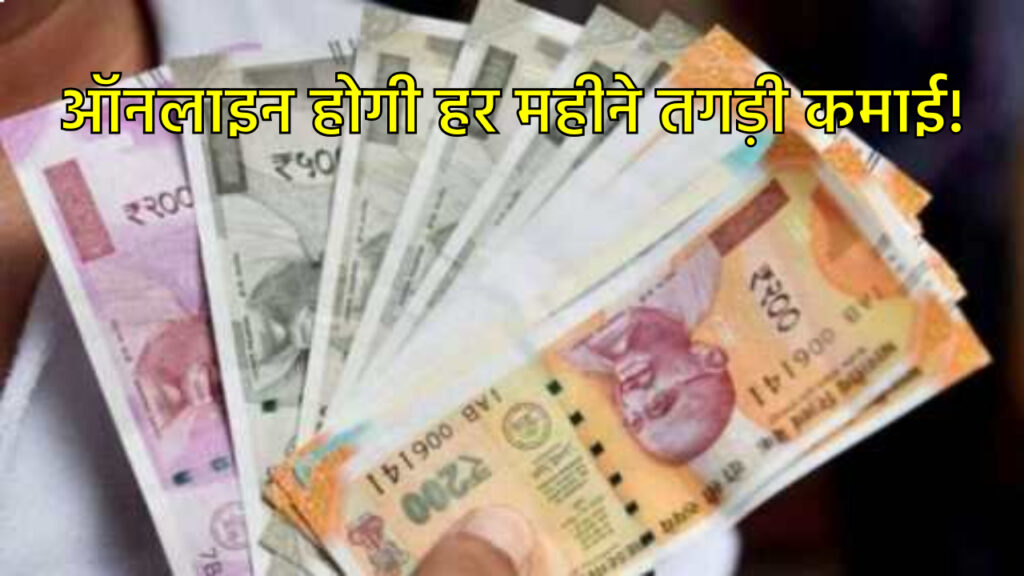In a significant move towards promoting sustainable agriculture and ensuring energy security in rural India, the government introduced the Kisan Urja Suraksha evam Utthaan Mahabhiyan (KUSUM) scheme. Spearheaded by the Ministry of New and Renewable Energy (MNRE), KUSUM aims to empower farmers by harnessing renewable energy sources for irrigation and other agricultural activities.
Launched in 2018, KUSUM embodies the government’s commitment to fostering clean energy adoption and rural development. The scheme comprises three components: Component-A focuses on the installation of solar pumps for irrigation purposes, Component-B entails the installation of solar power plants on barren/fallow lands, and Component-C aims at solarization of grid-connected agricultural pumps.
Under Component-A of KUSUM, farmers are provided with financial assistance to install solar-powered irrigation pumps, thereby reducing their dependence on conventional grid electricity or diesel generators. By leveraging solar energy for irrigation, farmers can significantly lower their operational costs and mitigate the adverse environmental impact associated with traditional energy sources.
Component-B of KUSUM incentivizes farmers to utilize their barren or fallow lands for setting up solar power plants. Through this component, farmers can generate additional income by selling surplus power to the grid, thereby contributing to the nation’s renewable energy capacity while also augmenting their own livelihoods.
Furthermore, Component-C of KUSUM aims to solarize existing grid-connected agricultural pumps, thereby reducing the burden on conventional power sources and promoting energy efficiency in agriculture. By integrating solar photovoltaic systems with existing pump infrastructure, farmers can benefit from uninterrupted and sustainable energy supply for their irrigation needs.
The implementation of KUSUM has been marked by its comprehensive approach and emphasis on stakeholder participation. The scheme encourages active involvement of state governments, implementing agencies, financial institutions, and technology providers to ensure effective rollout and adoption of renewable energy solutions in the agricultural sector.
Moreover, KUSUM aligns with the government’s broader objectives of doubling farmers’ income and promoting the use of clean energy technologies to combat climate change. By facilitating the adoption of solar energy solutions, the scheme not only enhances agricultural productivity but also contributes to rural electrification and environmental sustainability.
The impact of KUSUM extends beyond individual farmers, fostering economic development, and social empowerment in rural communities. By unlocking the potential of renewable energy in agriculture, the scheme paves the way for a greener and more resilient future for India’s agrarian landscape.
As India accelerates its transition towards a low-carbon economy, initiatives like KUSUM play a crucial role in realizing the country’s renewable energy targets and advancing sustainable development goals. By empowering farmers with access to clean and affordable energy solutions, KUSUM stands as a beacon of hope for rural prosperity and environmental stewardship.
In conclusion, Kisan Urja Suraksha evam Utthaan Mahabhiyan (KUSUM) represents a paradigm shift in India’s approach towards agricultural energy usage, offering a sustainable pathway towards inclusive growth and energy security. With its focus on renewable energy adoption and rural empowerment, KUSUM heralds a new era of resilience and prosperity for the farming community and the nation as a whole.
















